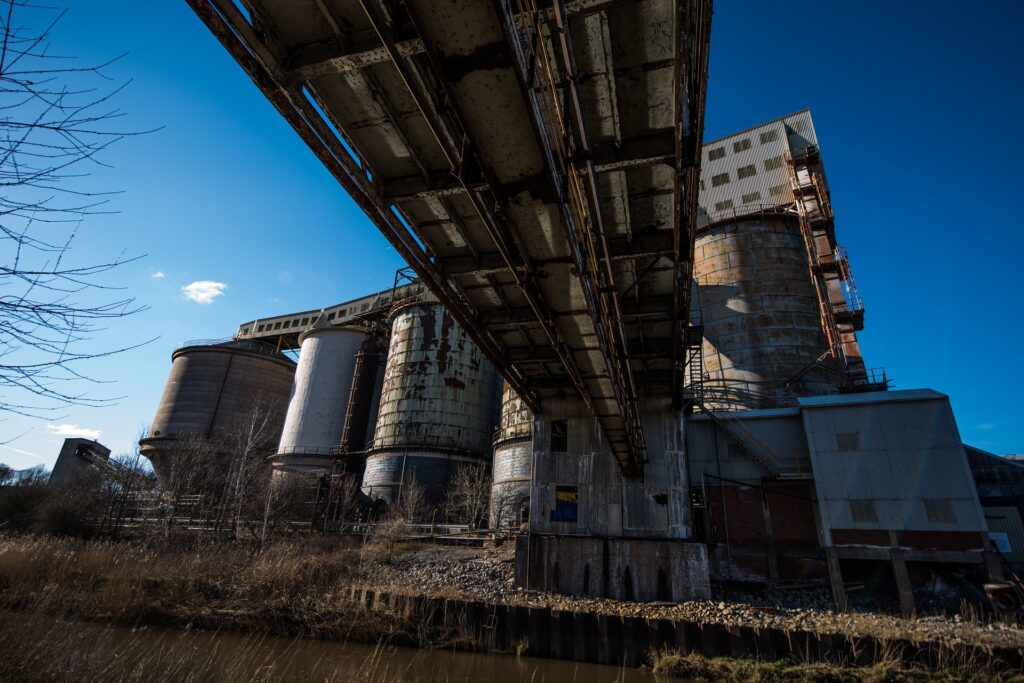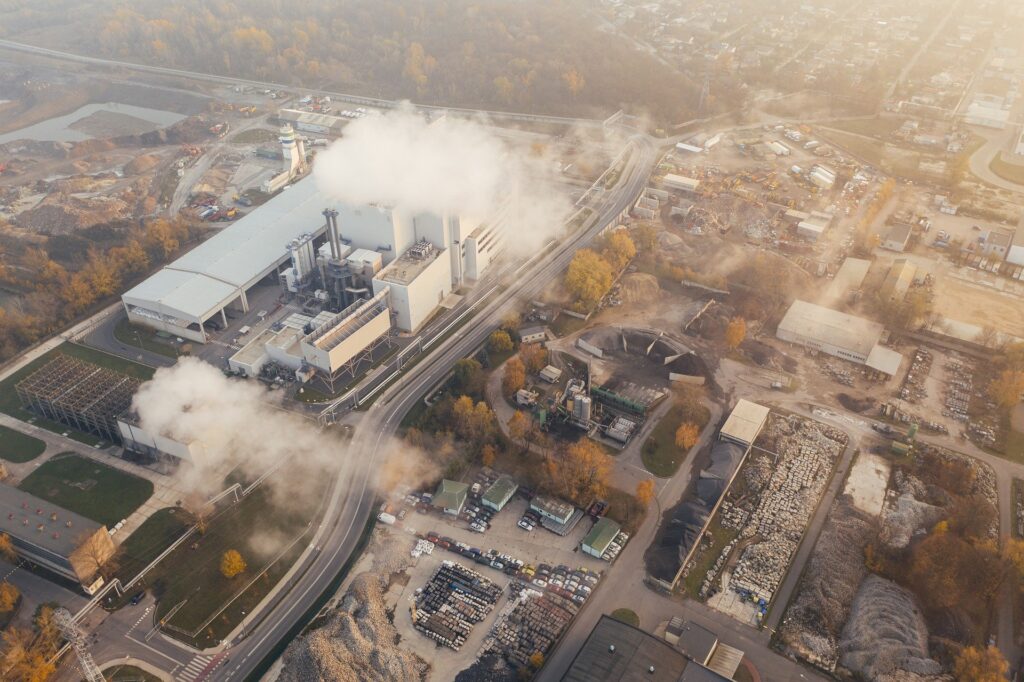Let us understand how we can help you
We Help You Manage Safety In
Your Premises Successfully!




SIL & Functional Safety studies
Almost all of global industries work with instrumentation as their prime doer and this reliability is increasing day by day.
Functional or instrumented systems require the scrutiny that allows us to understand their reliability numbers and our backups in case of failure.
A SIF (Safety instrumented function) or SIS (Safety Instrumented System) is only as strong as its weakest link which can be any of the constituting components such as sensing, controlling, analyzing, etc. SIL (Safety Integrity Level) study allows us to generate PFD numbers and compare these to acceptable levels. SIL studies are governed by industry defining standards such as IEC 61511 and IEC 61508.
SIL levels and Probability of failure on demand relationship table


Necessity of SIL
You may come across articles emphasizing on advantages of SIL study whereas our team likes to see it as necessity rather than advantageous. All critical interlocks and instrumentation must be SIL verified and graded to requirement of risk.
LOPA
Layers of Protection Analysis (LOPA) lets you understand the likelihood of hazardous events, the probability of failure of layers of protection and their consequences. This gives us the calculation of risk associated with a failure or deviation in defined safety function.
LOPA is deemed to be a quantitative type risk analysis but requires qualitative scenario analysis in the background.
LOPA is an extension of the popular SIL study.



